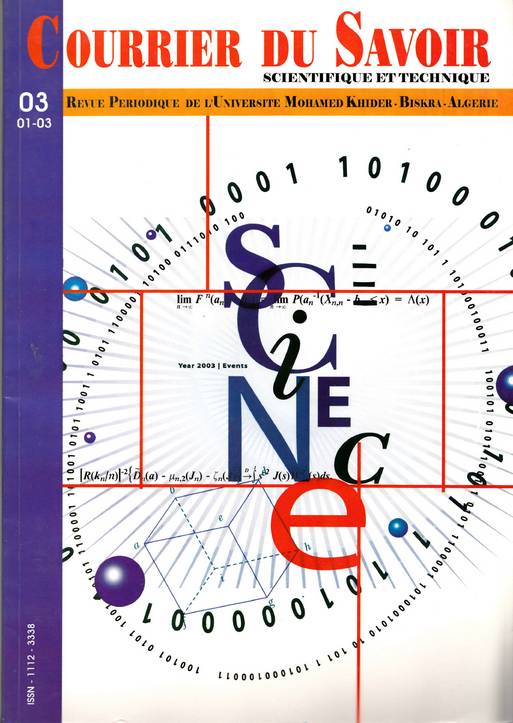STUDY OF EFFECT OF FILTERS AND DECOMPOSITION LEVEL IN WAVELET IMAGE COMPRESSION
Résumé
In this paper, we introduce a compression algorithm using wavelet transform. The principle of wavelet transform is to
decompose hierarchically the input image into a series of successively lower resolution reference images and detail images
which contain the information needed to be reconstructed back to the next higher resolution level .
The histogram of image sub-bands provides us with information on the distribution of the coefficient values in this subimage.
The sub-band images resulting from wavelet transform are not of equal significance. Some sub-bands contain more
information than others. The total number of available bits describing an image is however inevitably limited. Therefore, it is
desirable to allocate more bits to those sub-bands images which can be coded more accurately than others. The objective of a
such bit allocation method is to optimize the overall coder performance and minimize the quantization error. In determining
which wavelet filter is to be used for image compression, some of the properties considered are vanishing moments. The phase
non-linearity of the filter can cause severe degradation in the subjective quality of an image. It is related to the symmetry of the
filter coefficients. The wavelet transform is implemented using a linear-phase Biorthogonal filter with four levels of
decomposition.
For this study, we use a scalar quantization with uniform threshold quantizers. The quantization method is PCM (pulse
coded modulation) for the coefficients in all high-pass sub-bands. The coefficients of low-pass sub-bands are DPCM
(Differential PCM) quantized per region.
Références
84 (5), 1996, pp 720-732.
[2] Elsever “Wavelet in image communication”, edited by
M.Borland 1994.
[3] Charles Hsu and all “Wavelet brassboards for live
video via ratio”, journal of electronic imaging, October
1999, Vol 7 (4).
[4] O. Strome and all “Study of wavelet decompositions
for image/video compression by software codecs”, IEE
1997, pp125-132.


